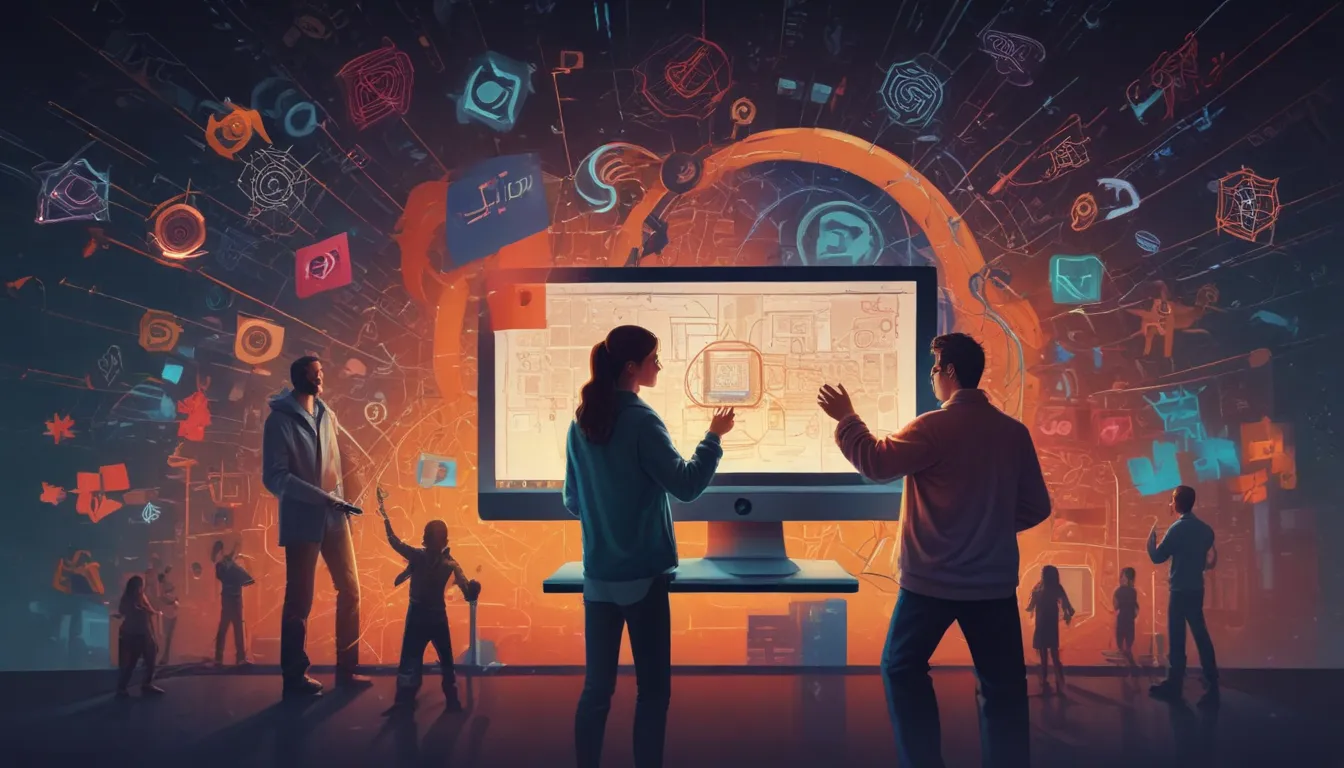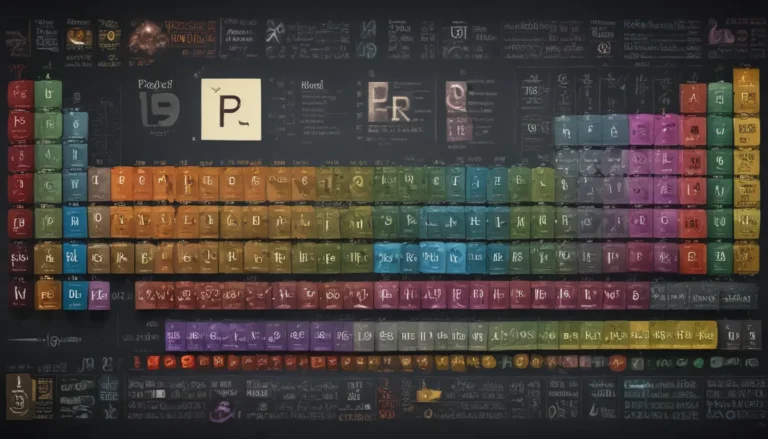A Note About Images: The images used in our articles are for illustration purposes only and may not exactly match the content. They are meant to engage readers, but the text should be relied upon for accurate information.
In an era where digital innovation is constantly reshaping our online landscape, Web3 stands out as a transformative force. This decentralized concept, rooted in blockchain technology and token-based economics, offers users unprecedented control over their data and transactions. So, what exactly is Web3, and why is it generating such buzz? Let’s delve into 15 fascinating facts about Web3 that showcase its potential to revolutionize how we connect and interact online.
Unveiling the Essence of Web3
At its core, Web3 represents the evolution of the internet towards decentralization and user empowerment. Unlike its predecessors, Web3 aims to prioritize transparency, security, and user-centricity in online experiences. By harnessing blockchain technology and smart contracts, Web3 promises a paradigm shift from centralized platforms to a more democratic digital ecosystem.
The Building Blocks of Web3
- Blockchain Technology: This foundational technology underpins Web3, ensuring secure, tamper-proof transactions and decentralized applications (dApps). Beyond cryptocurrencies, blockchain networks enable a wide range of innovative applications that operate without intermediaries.
- Decentralization: By distributing data across a network of computers, Web3 prioritizes security and minimizes the risk of data breaches. This decentralized approach enhances privacy and data control for users.
- Smart Contracts: These self-executing contracts automate transactions based on predefined conditions, offering transparency and immutability by being stored on the blockchain.
Empowering Users in the Web3 Era
- Data Ownership: In Web3, individuals regain control over their personal information, determining how it’s accessed and utilized. This shift towards data sovereignty empowers users to safeguard their privacy online.
- Tokenization: By representing assets digitally on the blockchain, Web3 enables secure and efficient transactions spanning currencies, property, and beyond. Tokenization revolutionizes how value is transferred and exchanged in the digital realm.
- Interoperability: Users benefit from seamless access to various services and applications across different blockchain networks. This interoperable ecosystem fosters flexibility and choice for users, breaking down silos and promoting accessibility.
Cryptocurrencies: The Currency of Web3
- Integral Role: Cryptocurrencies serve as the lifeblood of the Web3 world, facilitating transactions and incentivizing network maintenance and security. These digital currencies power the decentralized economy of Web3.
- DeFi Platforms: Decentralized finance platforms offer financial services without traditional banking institutions, utilizing cryptocurrencies for lending, borrowing, and earning interest. DeFi exemplifies the financial innovation fostered by Web3 principles.
Transforming Online Interactions with Web3
- Decentralized Social Networks: Addressing privacy concerns and data ownership issues, decentralized social networks empower users with greater control over their online interactions. Privacy-focused design and user-centric features characterize these alternative social media platforms.
- DAOs: Decentralized autonomous organizations introduce community-driven governance models, enabling collective decision-making by members rather than centralized authorities. DAOs exemplify the democratic ethos of Web3.
Navigating Challenges and Considerations in Web3
- Scalability: Blockchain networks may face challenges with scalability, leading to congested networks, slower transactions, and higher costs. Scaling solutions are crucial to realizing the full potential of Web3.
- Regulatory Uncertainty: Regulatory ambiguity surrounding cryptocurrencies and DeFi platforms presents obstacles to widespread adoption of Web3 technologies. Clarity and regulatory frameworks are essential for fostering trust and confidence in this evolving digital landscape.
- Technical Complexity: The technical intricacies and learning curve associated with Web3 technologies can pose barriers to entry for newcomers. Education and user-friendly interfaces are essential for broadening accessibility to Web3 innovations.
Envisioning the Future of Web3
- Innovative Evolution: Ongoing advancements in blockchain and decentralized technologies propel the evolution of Web3, promising more efficient and user-friendly applications. Continuous innovation drives the growth and adaptability of the Web3 ecosystem.
- Democratizing the Internet: Embracing Web3 principles has the potential to revolutionize how we engage online, fostering a more democratic, secure, and user-centric internet. Web3 heralds a new era of digital interaction characterized by empowerment and trust.
As we navigate the realms of Web3, envisioning a future where digital interactions are redefined, let’s embrace this transformative journey with curiosity and optimism. The promise of Web3 extends far beyond mere technological advancements; it heralds a revolution in how we connect, create, and collaborate online. Whether you’re a tech enthusiast, a digital creator, or simply curious about the future of the internet, Web3 invites you to explore a realm of endless possibilities. Let’s embark on this exciting adventure together, ready to shape the future of digital interaction with Web3’s empowering ethos.






